In today's world, with the ever-increasing pace of life, it's important to prioritize our physical and mental health. Foam rolling has gained popularity in recent years as a tool for muscle recovery, injury prevention, and improved performance. In this article, we will discuss the benefits of foam rolling, the techniques used, and how it can aid in recovery.
What is Foam Rolling?
Foam rolling is a self-myofascial release technique that involves using a foam roller to apply pressure to various parts of the body. Myofascial release is a form of soft tissue therapy that helps to alleviate tension and pain in muscles and connective tissue. Foam rolling is a form of self-massage that can be done at home or in a gym setting.
Types of Foam Rollers
Foam rollers come in various shapes, sizes, and densities. The most common types of foam rollers are:
-
High-Density Foam Rollers: These rollers are firm and provide deeper pressure, making them ideal for individuals with a higher pain tolerance.
-
Low-Density Foam Rollers: These rollers are softer and provide less pressure, making them ideal for individuals with a lower pain tolerance.
-
Textured Foam Rollers: These rollers have ridges or bumps on the surface, providing a deeper massage and targeting specific muscle groups.
Benefits of Foam Rolling
Foam rolling has numerous benefits for the body, including:
1. Improved Range of Motion
Foam rolling helps to improve flexibility and range of motion by reducing muscle tension and increasing blood flow. This can improve performance and reduce the risk of injury.
2. Faster Recovery
Foam rolling helps to reduce muscle soreness and stiffness by increasing blood flow and reducing inflammation. This can aid in recovery after intense exercise or injury.
3. Better Posture
Foam rolling can help to correct imbalances and improve posture by releasing tension in muscles that are tight or overactive.
4. Pain Relief
Foam rolling can help to alleviate pain in muscles and joints by reducing tension and promoting relaxation.
5. Stress Reduction
Foam rolling can help to reduce stress and anxiety by promoting relaxation and reducing tension in the body.
Foam Rolling Techniques
There are various techniques for foam rolling, and it's important to use proper form to avoid injury. Here are some foam rolling techniques for different parts of the body:
1. Calves
To foam roll the calves, sit on the floor with the foam roller under the calves. Roll up and down from the ankles to the knees, focusing on any tight or sore spots.
2. IT Band
To foam roll the IT band, lie on your side with the foam roller under the hip. Roll up and down from the hip to the knee, focusing on any tight or sore spots.
3. Quads
To foam roll the quads, lie on your stomach with the foam roller under the thighs. Roll up and down from the hip to the knee, focusing on any tight or sore spots.
4. Upper Back
To foam roll the upper back, lie on your back with the foam roller under the shoulder blades. Roll up and down from the shoulder blades to the mid-back, focusing on any tight or sore spots.
5. Glutes
To foam roll the glutes, sit on the foam roller with one foot crossed over the opposite knee. Roll back and forth on the glutes, focusing on any tight or sore spots.
Conclusion
Foam rolling is a simple and effective way to improve physical health, aid in recovery, and reduce stress. Incorporating foam rolling into your routine can improve flexibility, range of motion, posture, and reduce pain and soreness in muscles and joints. It's important to use proper form and technique when foam rolling to avoid injury and achieve the best results. Foam rollers come in various shapes and densities, so it's important to choose the right one for your needs and pain tolerance.
Foam rolling can be incorporated into any fitness routine, and it's recommended to foam roll before and after exercise to improve performance and aid in recovery. It's also a great tool for individuals who sit or stand for long periods, as it can help to reduce tension and improve posture.
In conclusion, foam rolling is a simple and effective way to improve physical and mental health. It's a form of self-massage that can aid in recovery, reduce pain and stress, and improve overall performance. Incorporating foam rolling into your routine can have numerous benefits for the body and mind.
FAQs
-
Is foam rolling safe for everyone?
Foam rolling is generally safe for most people, but it's important to consult with a healthcare provider if you have any medical conditions or injuries that may be affected by foam rolling.
-
How often should I foam roll?
It's recommended to foam roll at least 2-3 times per week, or more if you are experiencing muscle soreness or stiffness.
-
How long should I foam roll for?
It's recommended to foam roll each muscle group for at least 1-2 minutes, focusing on any tight or sore spots.
-
Can foam rolling be used for injury prevention?
Foam rolling can be used as a tool for injury prevention by reducing muscle tension and increasing flexibility and range of motion.
-
What's the difference between high-density and low-density foam rollers?
High-density foam rollers are firmer and provide deeper pressure, making them ideal for individuals with a higher pain tolerance. Low-density foam rollers are softer and provide less pressure, making them ideal for individuals with a lower pain tolerance.

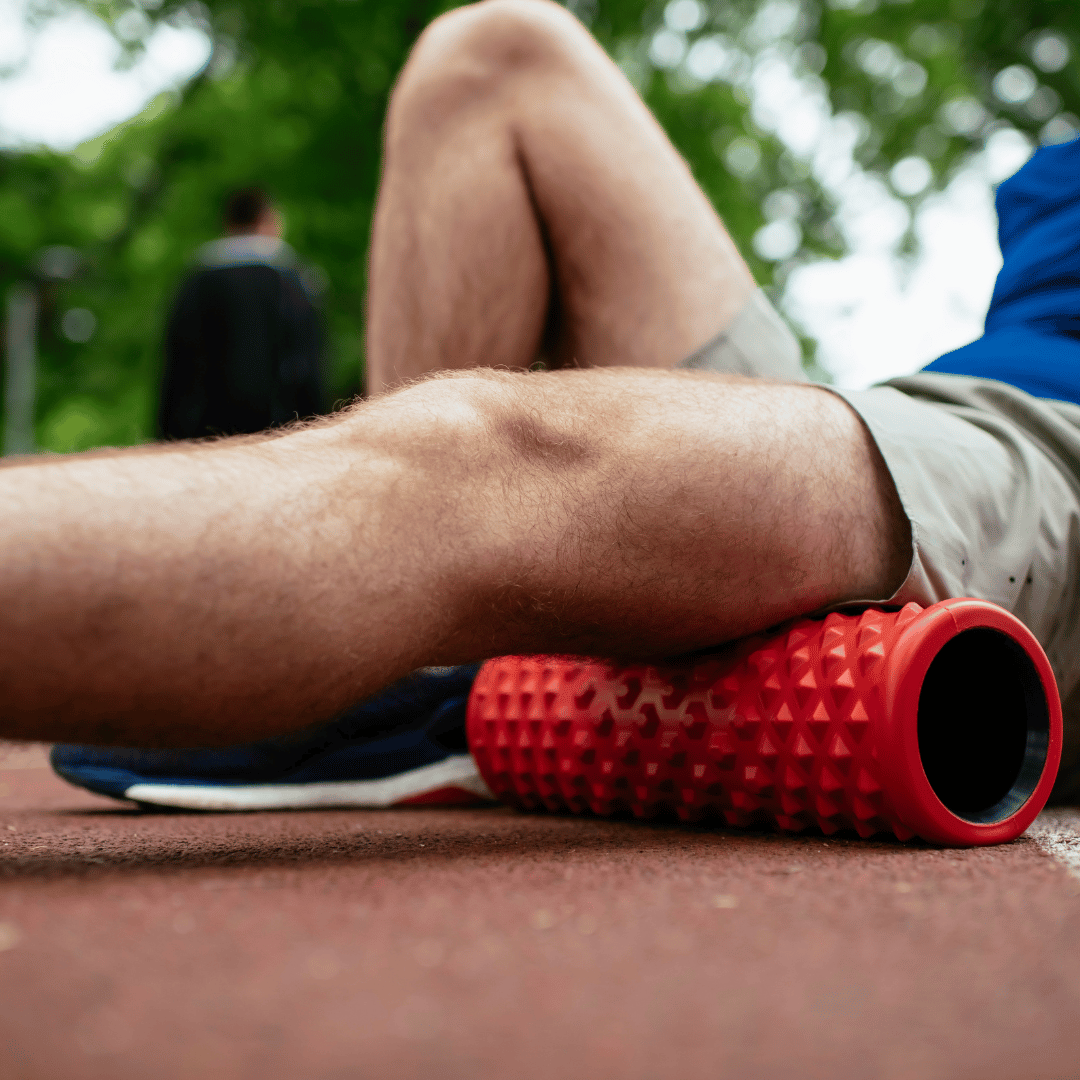

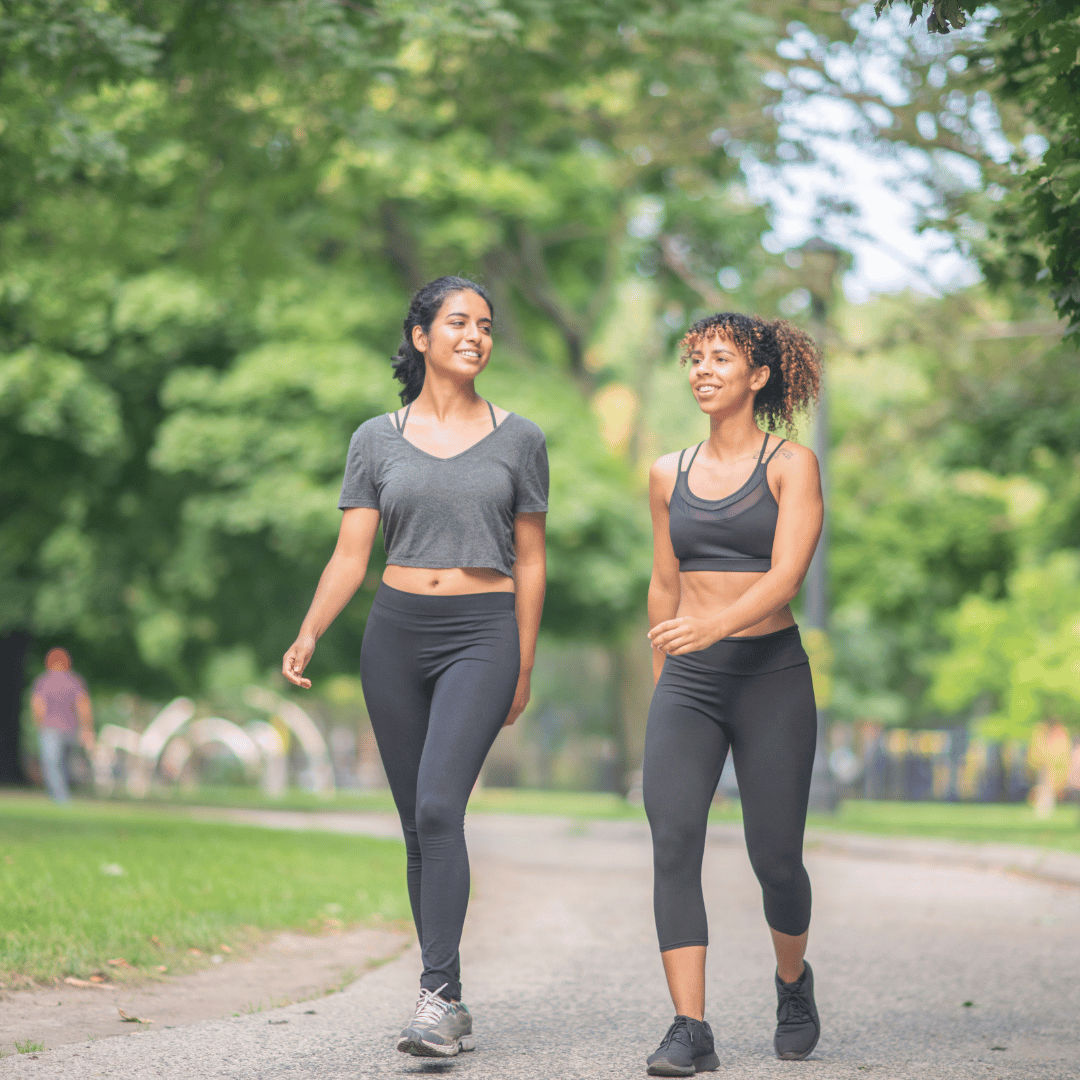
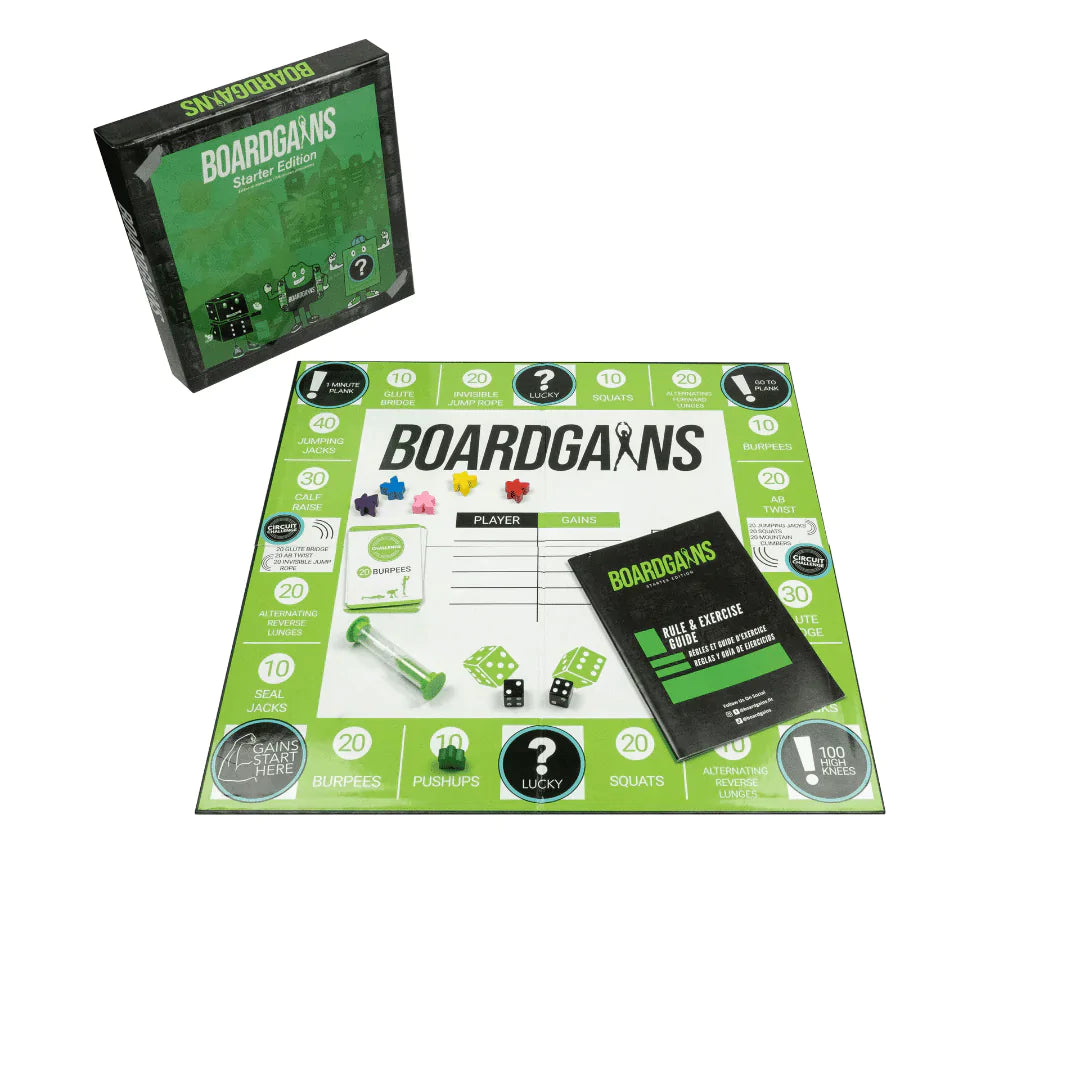
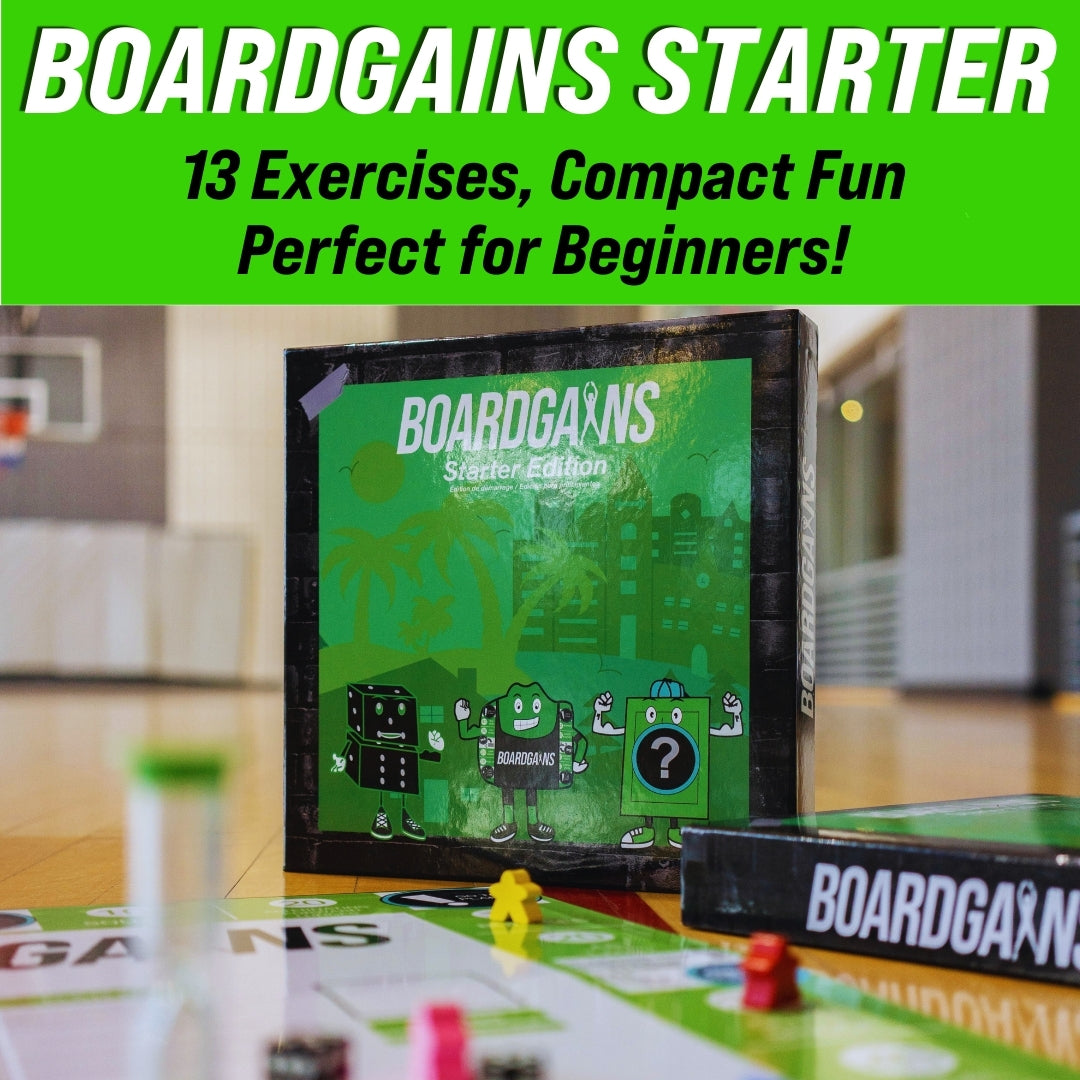

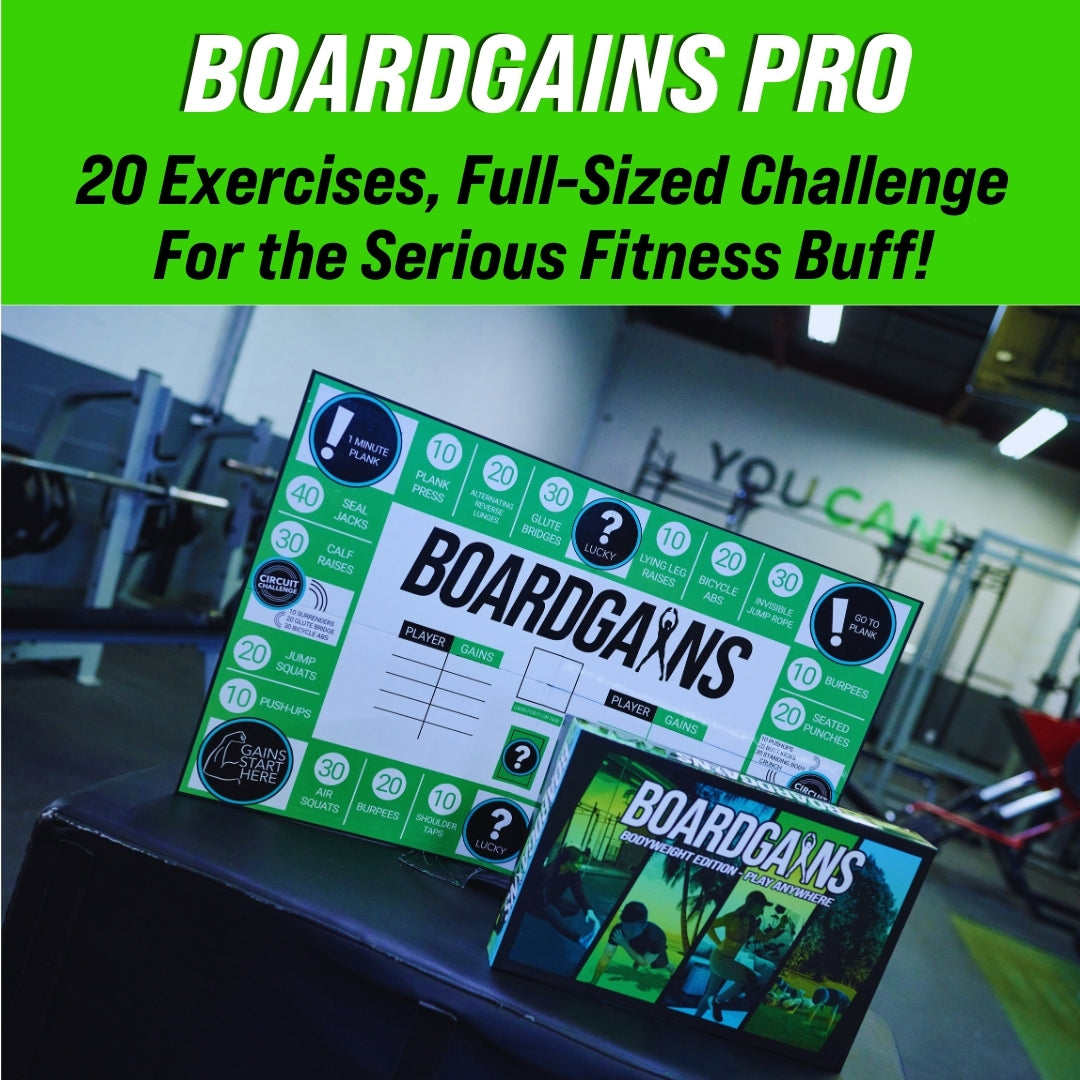


Leave a comment
This site is protected by hCaptcha and the hCaptcha Privacy Policy and Terms of Service apply.